Electrical work requires strict adherence to safety standards, both in who performs the work and how it’s done. The Wiring Regulations, outlined in BS7671, were established to ensure all electrical work meets rigorous standards and that products used comply with them.
In this DIY guide, we delve into the importance of BS7671 Wiring Regulations and their role in maintaining high electrical safety standards.
Understanding BS7671 Wiring Regulations
The BS7671 Wiring Regulations establish a standard for electrical installations in both domestic and commercial settings across the UK. These regulations apply to installations using mains electricity with voltages up to 1000 AC volts and 1500 DC volts.
The primary goal of these regulations is to ensure the safety of the public, electricians, and buildings from potential electrical hazards. They cover the installation process, electrical connections, completed work, and the products used.
Electricians who adhere to these regulations, who also need to be Part P registered, undergo comprehensive training to ensure they understand proper installation techniques and testing procedures.
Additionally, the regulations ensure that all products used in electrical work meet the required standards and are suitable for their intended purpose. This includes using the correct cable gauge, junction boxes, switches, and many other points.
After completing a job, electricians conduct thorough testing to verify safety and functionality. They issue a works completion or minor works certificate to confirm that the work meets regulatory standards.
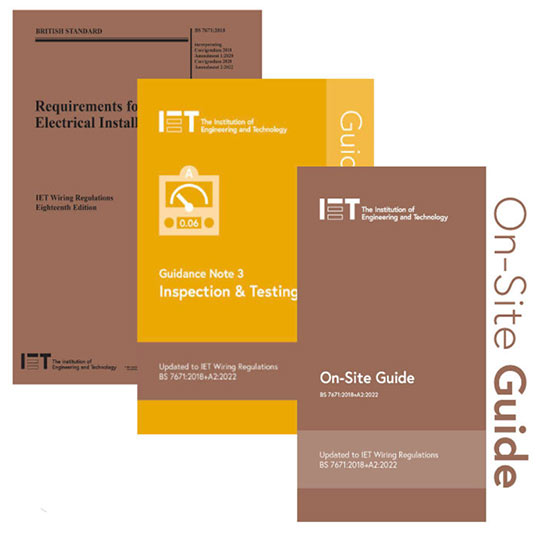
BSI 7671 18th edition regulations
What is the British Standards Institute?
The British Standards Institute, established in 1901 as the Engineering Standards Committee, sets standards for various industries and services. Standards define agreed-upon methods of doing things, promoting uniformity and enhancing consumer confidence. You can learn more about standards here on the BSI website.
"Providing a reliable basis for people to share the same expectations about a product or service while enhancing consumer protection and confidence" – The BSI Group Ltd
Organizations adhering to British Standards typically follow quality management, health and safety, security, construction, energy, and industry-specific standards. While British Standards are not legally enforceable, organisations may require products and services to comply with them. This is particularly evident in areas like Electrical Regulations and BS7671.
Who Makes up the Rules?
Internationally, the International Electrotechnical Commission (IEC) develops global electrical standards, which are then adapted for Europe by the European Committee for Electrotechnical Standardisation (CENELEC).
In the UK, BS7671 electrical regulations are jointly published by the IET (formerly IEE) and BSI (British Standards Institution), drawing on CENELEC’s input. The IET serves as the authority on electrical installation.
This collaborative effort is managed by JPEL/64, comprising representatives from diverse backgrounds within the electrical industry, including manufacturers, training bodies, regulatory bodies like HSE, and others.
Before any new regulation is enacted, JPEL/64 members extensively deliberate and consider various viewpoints.
To learn more about the formation of BS7671 regulations and its responsible bodies, see theiet.org website here.
Origins of BS7671 Wiring Regulations
BS7671 Wiring Regulations originated on May 11, 1882, following several accidents due to incorrect electrical installations. Recognising the need for standardised regulations, a committee formed by the predecessors of IEE, now IET, authored the first edition of the IEE Wiring Regulations.
Initially, the broader electrical community was reluctant to adopt these regulations, having their own sets of rules. Despite initial resistance, the committee persistently enhanced the regulations.
By around 1916, the 7th edition, known as the IEE Wiring Regulations, gained widespread adoption by insurance companies and engineers as the official standard for electrical installations and the rest as they say is history.
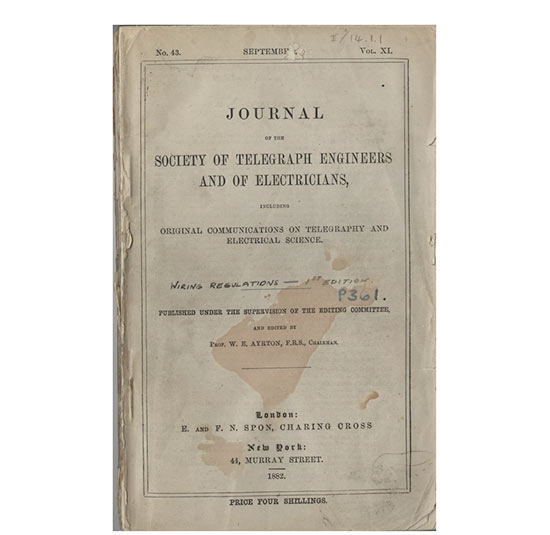
The first edition of the STEE Journal that contained the IEE Wiring Regulations – Image coutrtesy of theiet.org website
A Quick Timeline of BS7671 and Associated Wiring Regulations
Here are the key dates and publications marking milestones in the history of Wiring Regulations:
First Edition: 1882
In 1882, the first edition of the wiring regulations (known as “The Regs”) was issued. It aimed to prevent fires caused by electric lighting, a common problem in the late 1800s when electric lighting became popular.
Electric lighting began with Humphrey Davy’s invention in 1800, but early filaments burned out quickly. Thomas Edison’s discovery in 1879 of a carbon filament in an oxygen-free glass bulb that glowed for over 40 hours without burning led to improved bulbs by 1881, which lasted over 1500 hours.
However, during this period, less durable bulbs and burning filaments caused numerous fires, as they often fell onto flammable materials. The Wiring Regulations, initially called rules, were introduced to address these safety concerns.
Third Edition: 1897
In 1897, the third edition was released, renamed as “General Rules recommended for Wiring the Supply of Electrical Energy”.
This edition addressed the installation of electric cables throughout homes, which posed a fire hazard due to potential overheating. This issue compounded the safety concerns associated with low-grade lighting filaments.
IEE Produces Regulations: 1903
In 1903, the Wiring Rules were transformed into the Wiring Regulations. The Institute of Electrical Engineers (IEE), established in 1871 and formerly known as The Society of Telegraph Engineers and Electricians, became the sole authority for producing these regulations.
By 1921, the IEE received incorporation by Royal Charter.
Incorporation into British Standards: 1992
In 1992, the Wiring Regulations were integrated into the British Standards to enhance enforceability across all levels, including domestic electrical work, regulations concerning electricity at work, and international standards.
Inclusion in Building Regulations: 2005
In 2005, the IEE Wiring Regulations were incorporated into the Building Regulations as Part P to strengthen legal enforcement.
Subsequently, electricians became required to undergo Part P training and registration to ensure compliance with BS7671 electrical installation standards.
Harmonisation of Wire Colours: 2006
Introduced initially in 2004, the harmonisation of wire colours used in Europe took effect in March 2006. This transition replaced the previous red, black, and green/yellow wires with brown, blue, and green/yellow, respectively, in most cables.
The aim was to standardise wiring colours across Europe. Explore our wire colours project for more information.
Transition from IEE to IET: 2006
In 2006, the IEE transformed into the IET (The Institution of Engineering and Technology). Learn more about the IET’s history.
Introduction of the 17th Edition: 2008
Effective July 1, 2008, the 17th edition of the Wiring Regulations was implemented. This edition, comprising significant changes, represented a comprehensive revision and consolidation of previous documents.
Here’s the publication history of each edition of the IEE/IET Wiring Regulations:
| Edition | Publication Year | Changes Made |
|---|---|---|
| 1st | 1882 | Named The Wiring Rules |
| 2nd | 1888 | Titled Wiring Rules and Regulations in Buildings |
| 3rd | 1897 | Titled General Rules for Wiring Electrical Energy Supply |
| 4th | 1903 | IEE assumes responsibility, named Wiring Rules |
| 5th | 1907 | Renamed IEE Wiring Regulations |
| 6th | 1911 | Still named IEE Wiring Regulations |
| 7th | 1916 | Continues as IEE Wiring Regulations |
| 8th | 1924 | Renamed IEE Regulations for Electrical Equipment of Buildings |
| 9th | 1927 | Still known as IEE Wiring Regulations |
| 10th | 1934 | Released as Regulations for 3-phase colours |
| 11th | 1939 | Initially IEE Wiring Regulations, later revised and reprinted in 1943, 1945, 1946 and also 1948 |
| 12th | 1950 | Initially IEE Wiring Regulations, later supplemented in 1954 |
| 13th | 1955 | Reprinted several times in 1958, 1961, 1962 and 1964 |
| 14th | 1966 | Reprinted multiple times: 1968, 1969, 1969 again (in metric units), 1972, 1973, 1974 and 1976 |
| 15th | 1981 | Suggested reprints from 1983 to 1988 |
| 16th | 1991 | Reprinted with amendments: 1992, 1994, 1997, 2000, 2001 and 2004 |
| British Standard adopted | 1992 | Wiring Regulations incorporated into British Standard as BS 7671 |
| Brought into Building Regulations | 2005 | Part P introduced, suggesting compliance with BS 7671 |
| 17th Edition | 2008 | Launched July 1, 2008, amended in 2012, 2013, and January 2015 |
| 18th Edition | 2018 | Launched July 2018, effective January 2019, amended in 2020 and March 2022 |
Information in the table above sourced from Wikipedia.
As a note, the UK Wiring Regulations serve as standard practice in many other countries including Mauritius, Saint Vincent and the Grenadines, Sierra Leone, Trinidad & Tobago, Sri Lanka, Cyprus, St Lucia, and Uganda.
Why Do Regulations Change?
Change is inevitable for progress. Without change, there’s stagnation, hindering any type of evolution.
In the electrical industry, change drives innovation, fostering new products and practices that enhance efficiency, safety, and cost-effectiveness.
As working methods evolve, regulations must adapt to ensure relevance and effectiveness, reflecting the way tasks are performed. Thus, regulations are updated regularly to keep pace with industry advancements.
Understanding the 17th Edition IEE Regulations
The IET, alongside the BSI, publishes the BS7671 Wiring Regulations, governing UK electrical installations. They are recognised as the authority in this field.
To ensure thorough consideration of industry needs, the JPEL/64 committee, comprising representatives from various sectors, reviews both UK and international regulations. Their aim is to keep BS7671 relevant and updated.
Members of JPEL/64 include the following organisations:
- BEAMA (British Electrotechnical and Allied Manufacturers’ Association)
- B T Plc. – British Telecommunications Plc
- British Cables Association
- City and Guilds of London Institute
- Competent Persons Forum
- Electrical Contractors Association
- Electrical Safety First
- HSE – Health and Safety Executive
- IET – Institution of Engineering and Technology
- MoD – UK Defence Standardisation
- NAPIT – National Association of Professional Inspectors and Testers
- NHS Scotland
- Safety Assessment Federation Ltd
Membership is open for application and subject to change. For the current list of members and covered categories, visit the bsigroup.com website.
How is Safety Information Regarding the Wiring Regulations Given to the Public?
The Electrical Safety Council, now known as Electrical Safety First, takes a significant role in conveying safety messages about wiring regulations to both consumers and contractors. They provide valuable guidance through their website called Electrical Safety First.
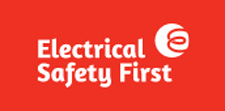
Electrical Safety First
As a charity aiming to reduce electrical accidents, Electrical Safety First offers expert advice covering various safety aspects:
- Visual checks on home appliances and installations
- Electrical safety tips for DIY projects
- Safety precautions in the kitchen, bathroom, and garden
- Fire safety measures
- Earthing and bonding guidance
- Information on fuses, circuit breakers, and residual current devices
- Checking wiring age and condition
- Identifying electrical hazards at home
- Evaluating plug, cable, and socket condition
- Safe use of adaptors and extension leads
Similar to JPEL/64, the Wiring Regulations Advisory Group (WRAG) reviews and agrees on all advice and guidance amendments proposed by Electrical Safety First. WRAG comprises members from various reputable organisations, overseen by Electrical Safety First.
- Association of Plumbing and Heating Contractors (APHC): The APHC supports heating and plumbing engineers by providing benefits and assistance to help them run successful businesses. They promote best practices and training among members to ensure consumers receive quality workmanship and service.
- BEAMA (British Electrotechnical and Allied Manufacturers’ Association): A Trade Association representing manufacturers of products for electrical infrastructures and systems. They advocate for standardisation in political and regulatory matters at UK, European, and International levels.
- BSI Product Services: Handles testing and certification for the British Standards Institute.
- British Gas: A long-standing and major gas supplier in the UK, serving homes for over 200 years.
- City & Guilds: A major skills provider in the UK, aiding thousands of individuals and businesses in skill development.
- Corgi Technical Services: Educates and trains trade professionals and companies on gas safety and handling gas appliances.
- ECA: The Electrical Contractors Association represents contractors who provide, install, inspect, and test electronic and electrical equipment and services, prioritizing consumer interests.
- ELECSA Ltd: Offers inspection, assessment, and certification services to contractors in the building services sectors, specializing in Part P of the building Regulations.
- Electrical Safety Council: An advisory body promoting awareness of electrical safety across the UK.
- The IET: Administers and maintains WRAG regulations and oversees various other regulatory areas.
- LCL Awards: Develops and delivers training, qualifications, and certifications for various building industry sectors.
- NAPIT Registration Ltd: Ensures quality and reliability of tradesmen through a competent persons scheme for electrical inspectors and testers.
- NHBC – National Home Builders Council: Leading UK provider of warranties and insurance for new build properties, ensuring quality standards are upheld.
- NICEIC Group Ltd: The National Inspection Council for Electrical Installation Contracting, ensuring quality electricians meet required standards through regulation and training.
- OFTEC: The trade association for Oil and Renewable Heating Technologies, providing competent persons for gas and renewable energy installations.
- SELECT: Scotland’s Trade Association for electrical and electronic communications systems.
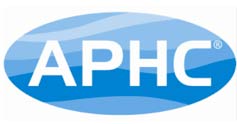
Association of Plumbing and Heating Contractors
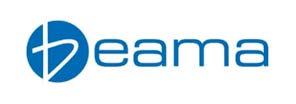
BEAMA – British Electrotechnical and Allied Manufacturers’ Association
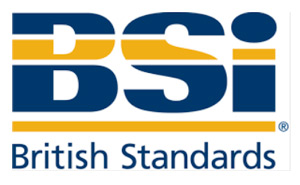
The BSI (British Standards Institute)
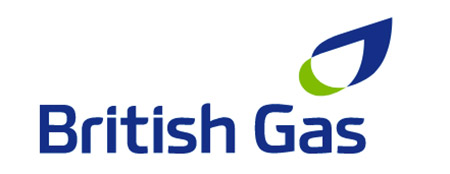
British Gas – Energy suppliers to UK homes
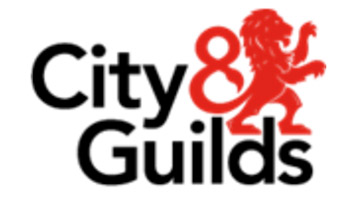
City & Guilds
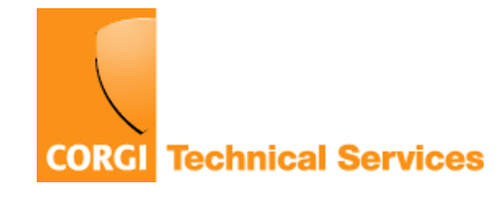
Corgi Technical Services

ECA – The Electrical Contractors Association

ELECSA Ltd
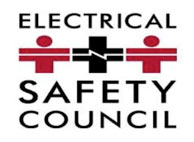
Electrical Safety Council

The IET – The Institute of Engineering and Technology
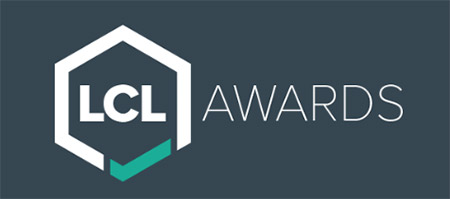
LCL Awards
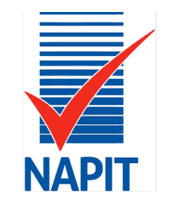
NAPIT – National Association of Electrical Inspectors and Testers
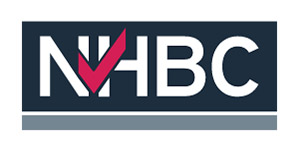
NHBC – National Home Builders Council
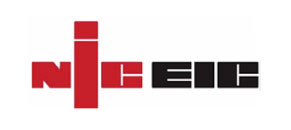
NICEIC Group Ltd – The National Inspection Council for Electrical Installation Contracting
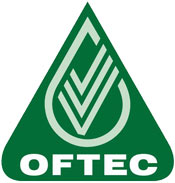
OFTEC – Oil and Renewable Heating Technologies

SELECT for electrical and electronics in Scotland
Electrical regulations, including the IET regulations and Approved Documents, oversee all aspects of wiring and electrical installation. While some may view them as burdensome, they are crucial for ensuring the safety of both those performing electrical work and the end users of installations, preventing injuries throughout the process.

